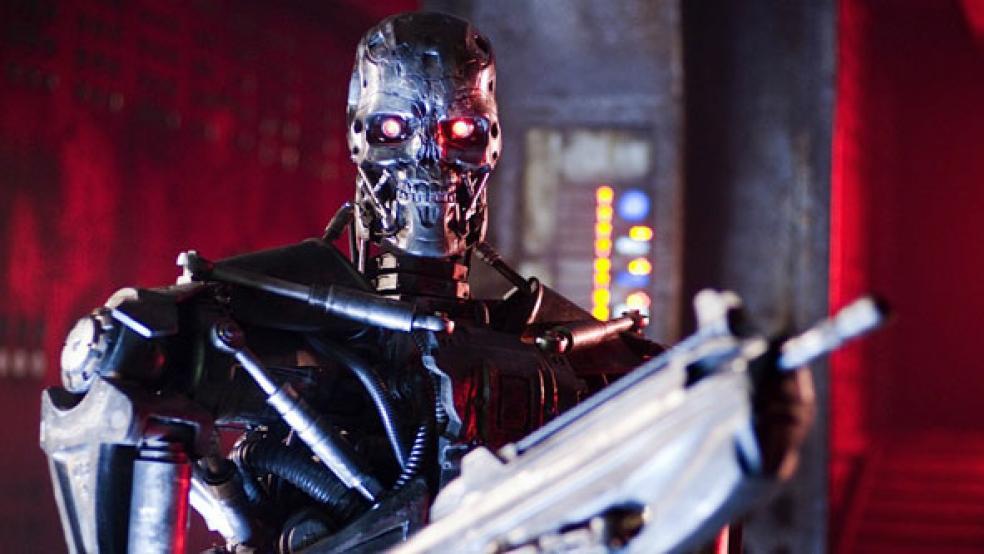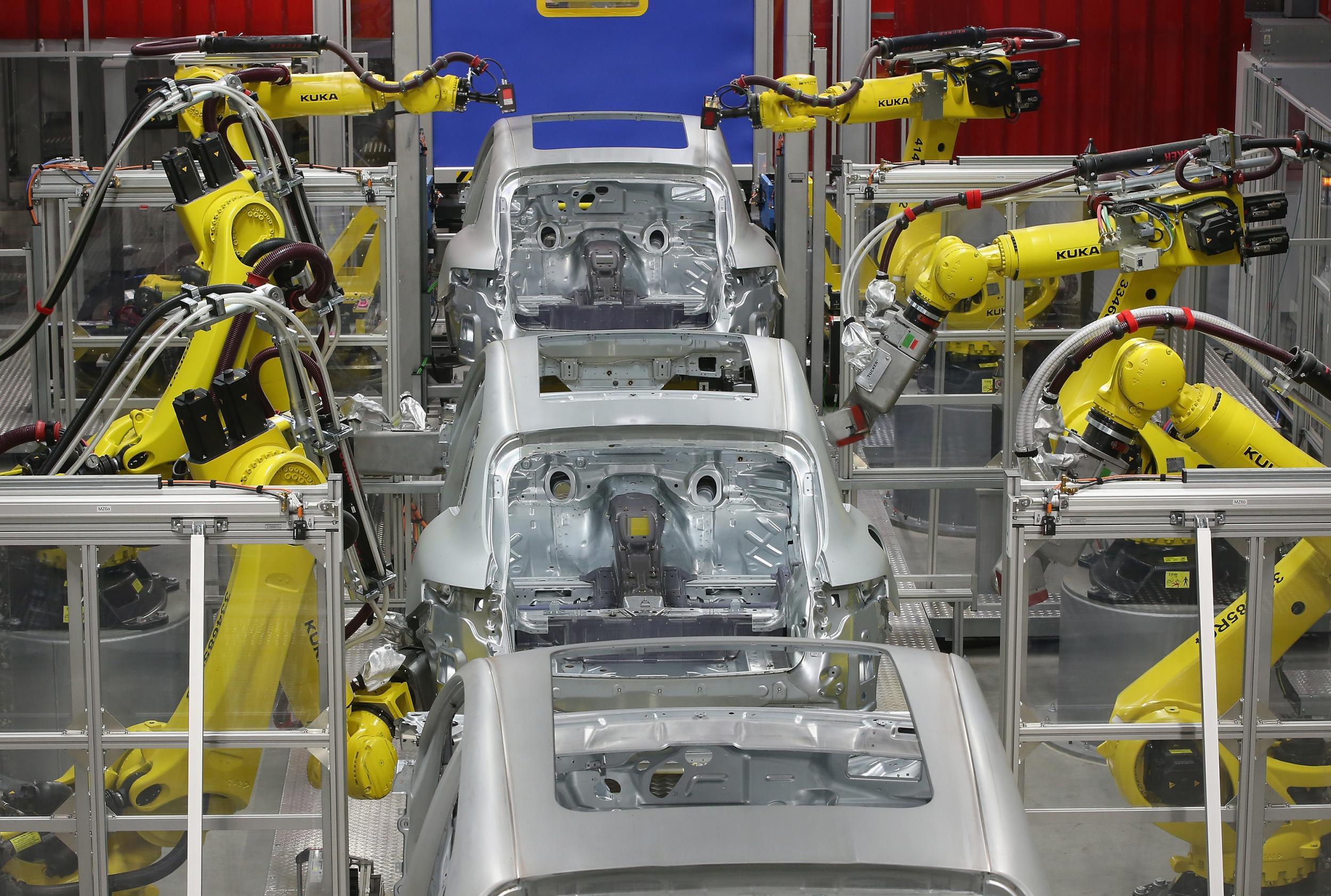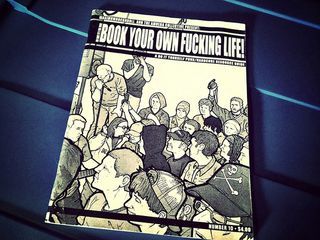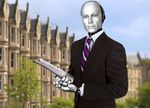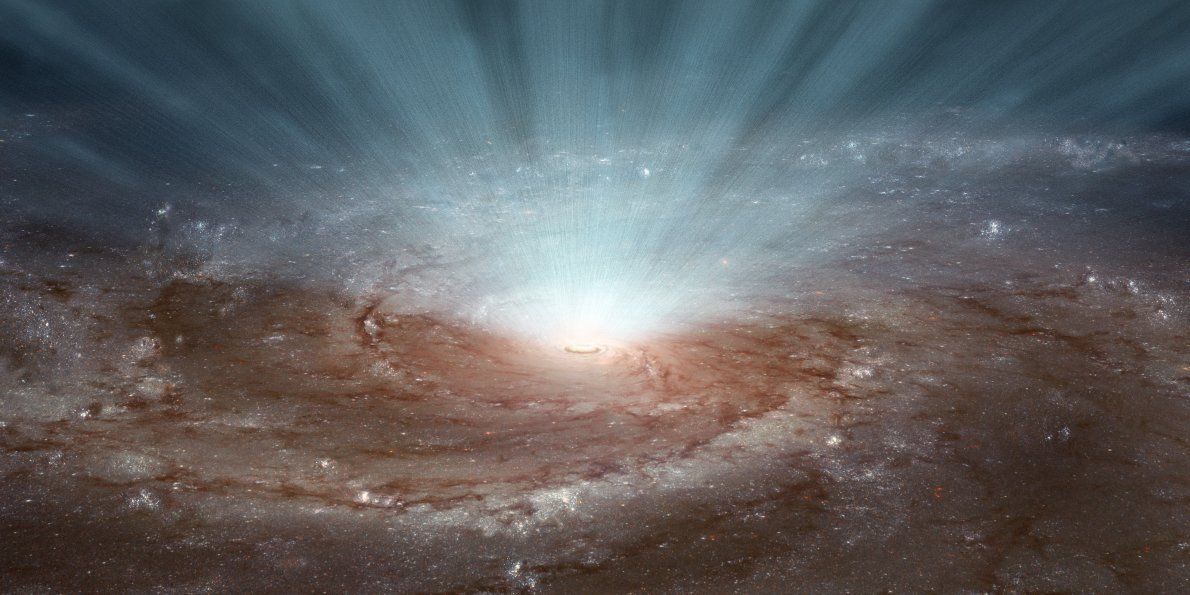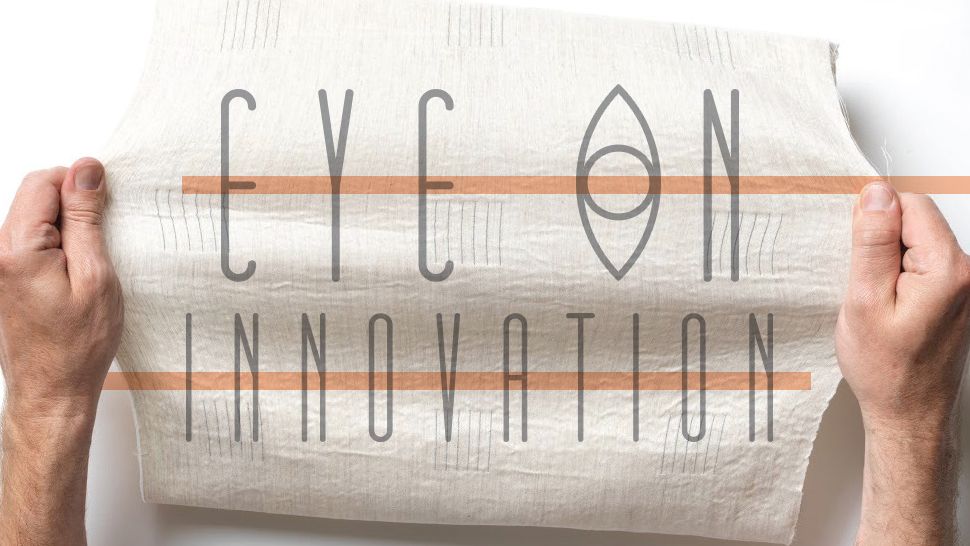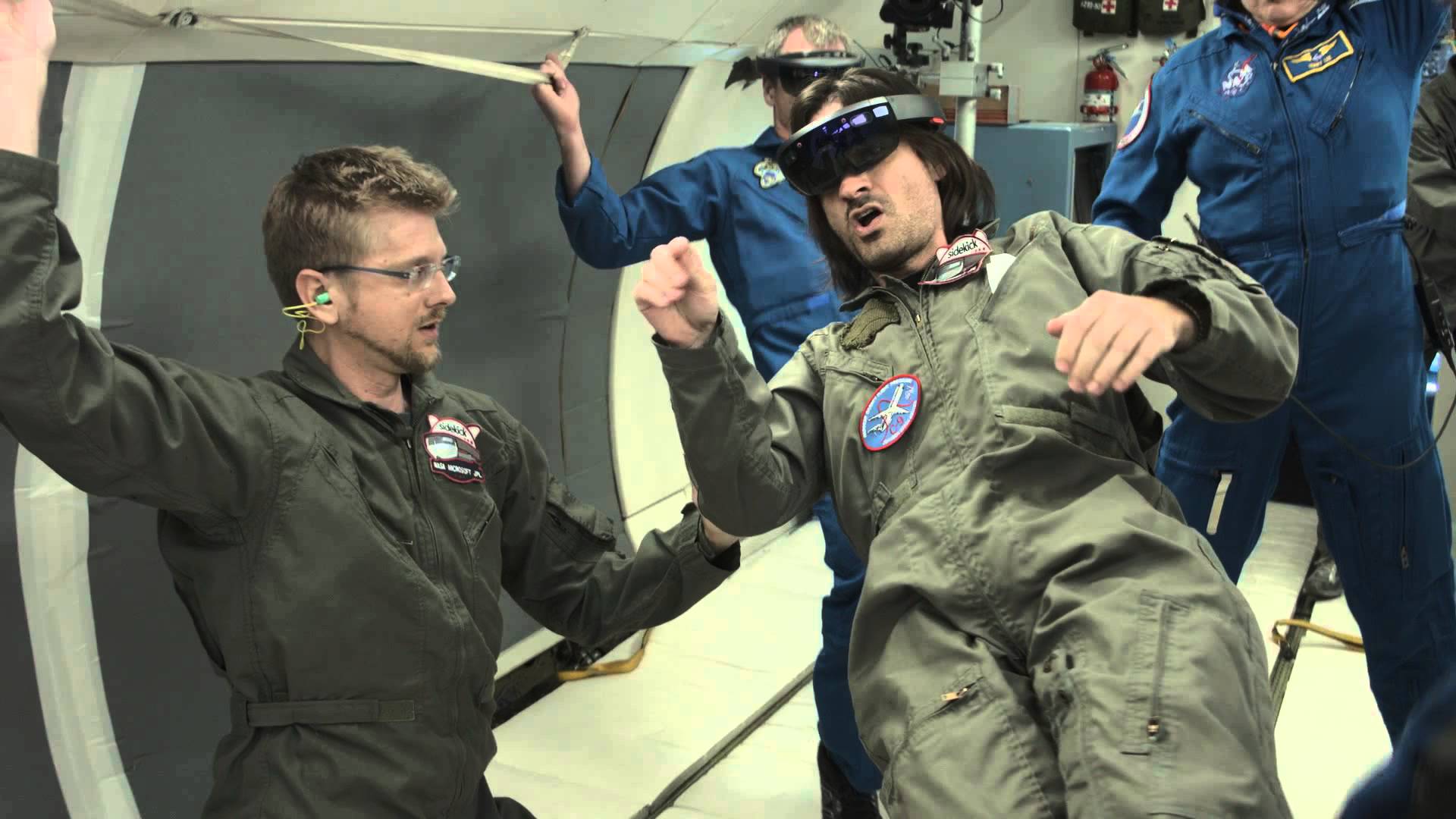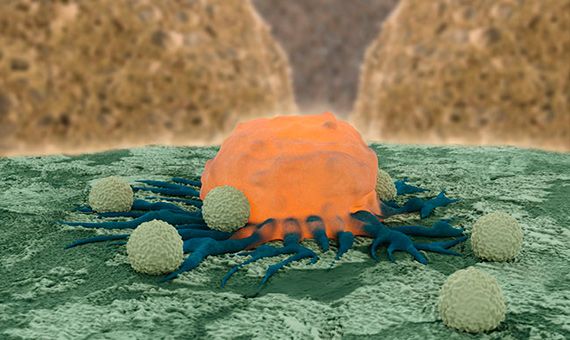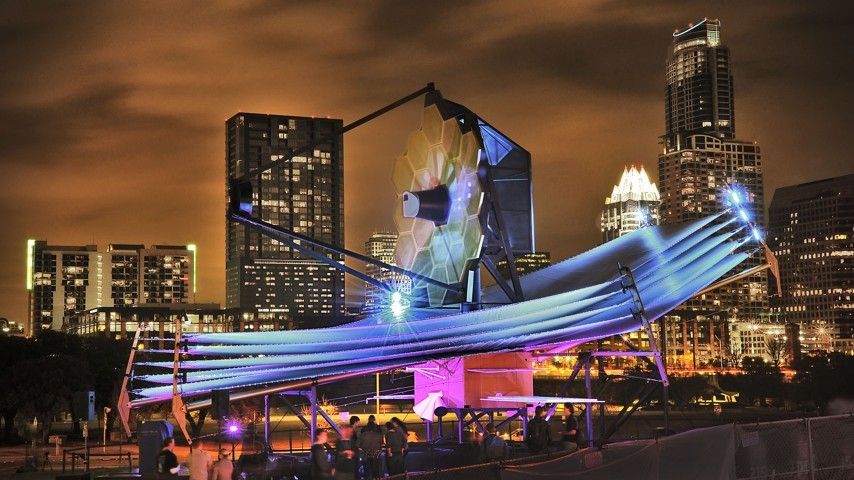Feb 20, 2016
Three Steps the U.S. Can Take to Stop Killer Robots
Posted by Karen Hurst in categories: drones, military, robotics/AI, transportation
This article is amusing on killer robots and how governments should address the threat of killer robots on a national level. On a national level if (in my case the US) we were invaded or a whole army of robots landed on the shores of Florida, NY, or CA; then yes Congress would need to approve war, etc. Which is what this article highlights. However, attacking robots will most likely not be the result of an invasion from another country; attacking robot/s will be the result of criminals; etc. that hacked/or reprogrammed the robotics.
Cartels, terrorists, etc. will pay well to have self driving cars, humanoid robots, etc. re-engineered and re-programmed for their own benefits and become a weapon against individuals and the population.
The United Nations’ effort to ban killer robots will fail, but there are three important steps the United States can take to help slow the rise of lethal autonomous weapons systems, one of the most prominent voices in the robotics debate said this week.
Continue reading “Three Steps the U.S. Can Take to Stop Killer Robots” »
